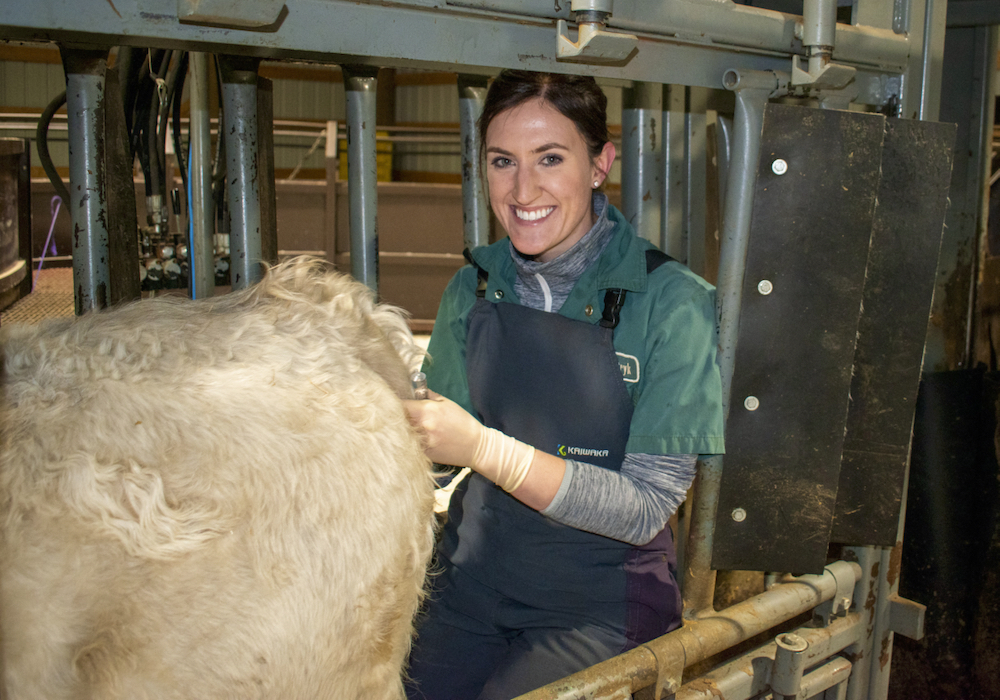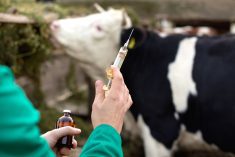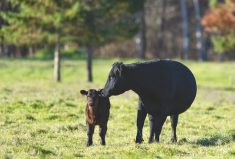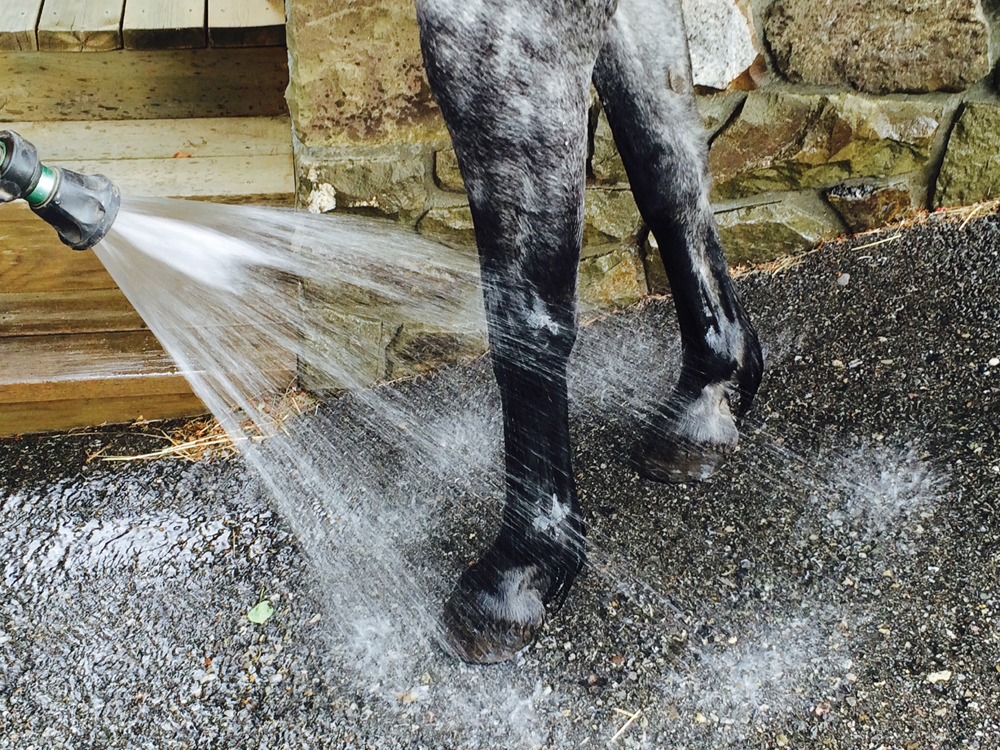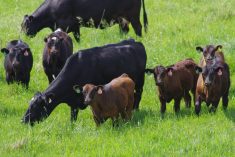There’s a major shortage of veterinary professionals in Alberta causing long wait times for routine livestock medical procedures.
There are more than 840 veterinarian and veterinary technologist vacancies in Alberta — a “near-crisis” situation that poses a risk in terms of animal welfare, livestock production and public health, the Alberta Veterinary Medical Association said in a recent news release.
Livestock producers are definitely being affected, said Jason Hale vice-chair of Alberta Beef Producers.
Read Also

Grazing ‘sweet spot’ boosts pasture performance
Timing-focused approach to pasture management touted to boost forage growth, livestock gains while also cutting farmer labour and inputs
“I mean, they are busy,” said the Bassano-area rancher. “You better be booking a month in advance. My concern is these good vets are so busy that we don’t want to burn them out.”
There are no small-animal vets in his area, said Hale, adding the problem isn’t confined to Alberta as there is a global vet shortage.
“If it’s an emergency, you know, the vet clinic here that I deal with will get you in,” he said when asked how ranchers are managing the crisis. “But as far as routine procedures for things, the non-emergencies, you just wait, and you book your time when you can get it.”
The doubling of enrolment at the faculty of veterinary medicine at the University of Calgary over the next three years will provide “some relief,” said the Alberta Veterinary Medical Association. The province is also funding expansion of animal health technology and veterinary technologist programs including NAIT, Lakeland College and Olds College.
But it’ll take time for the new recruits to graduate and enter the profession.
“It’s a complicated crisis,” said Dr. Natasha Kutryk, a large-animal veterinarian and vice-president of the veterinary association. “The biggest thing here in Alberta is educational investment has just not kept pace with the surge in demand. And that surging demand has been Alberta’s growing population. There’s definitely not a shortage of young people applying to the programs.”
The profession also suffers from high attrition and retirement rates, and mental health problems aren’t uncommon, said Kutryk.
However, the vet shortage is changing the way livestock owners interact with veterinary teams and it has created an opportunity for vets to empower clients to better detect some diseases, she said. There are also more discussions about preventive medicine and preparing in advance for vets’ busy season.
“One of the best tools actually that we are really embracing now is telemedicine, so the use of videos and photos for clients who already have a relationship with their veterinarian,” said Kutryk, who also operates a cow-calf operation with her husband near Vegreville.
One livestock illness that producers can watch out for is bovine respiratory disease, common in the fall when calves are stressed due to weaning and relocating to feedlots or yards.
The staffing shortage has also created an opportunity for producers and clinics to embrace the knowledge and capabilities of veterinary technologists.
“Honestly, not everywhere, but they are underutilized,” said Kutryk.
In addition to addressing the labour shortage through more training capacity and certifying more foreign vets and technologists, her association is also focused on “stopping the leaky bucket” — that is, reducing the exodus of burned-out people from the profession. That effort includes encouraging its members to have a better work-life balance, a mentorship program, giving more tasks to veterinary technologists, and lessening some of the workload.
“There has been a shift in bringing animals into clinics,” said Kutryk. “Sometimes producers might not have the best facilities on site. Preparation and being organized and planning ahead and just a basic understanding of animal behaviour. That’s probably the biggest one: To know what you can and can’t do.”
Cattle producers are also under a lot of stress these days and they’re being encouraged to do things that make their lives easier, she added.
Ranchers should “lean into any veterinary relationships that you have to focus on preventive strategies.”
Jeff Bectell, who has a 200-head herd on his ranch near Cardston, said he hasn’t suffered any negative outcomes due to the vet shortage.
However, he is having to book weeks in advance for routine procedures, and so he’s put an emphasis on maintaining quality herd care to avoid unnecessary vet interventions.
“We’ve got a vaccination program to keep everything healthy,” he said. “We feed our animals well. We rotate pastures and kind of keep things out on pasture, so we don’t have as much sickness.
“So there are a lot of best management practices that result in a healthier herd.”

